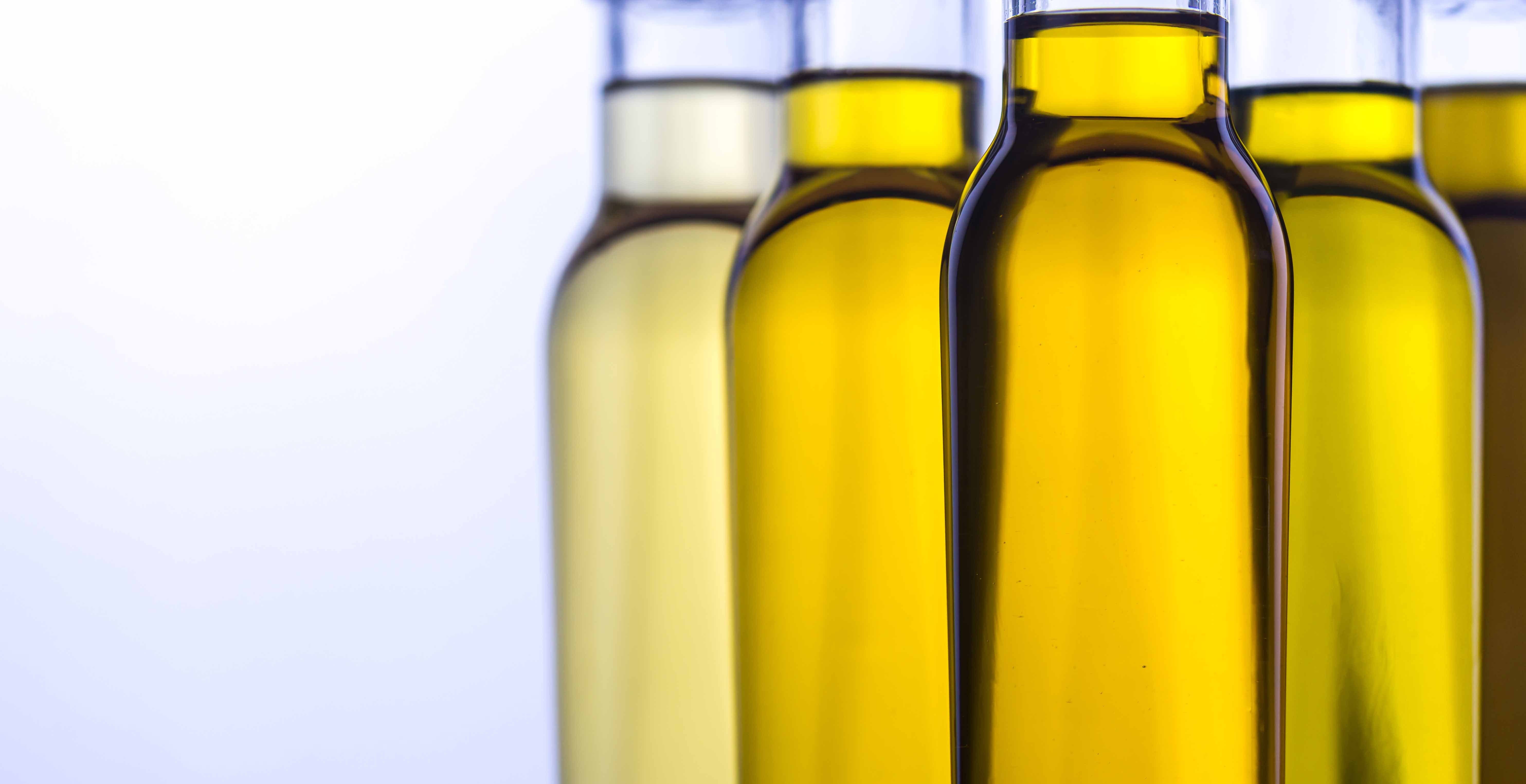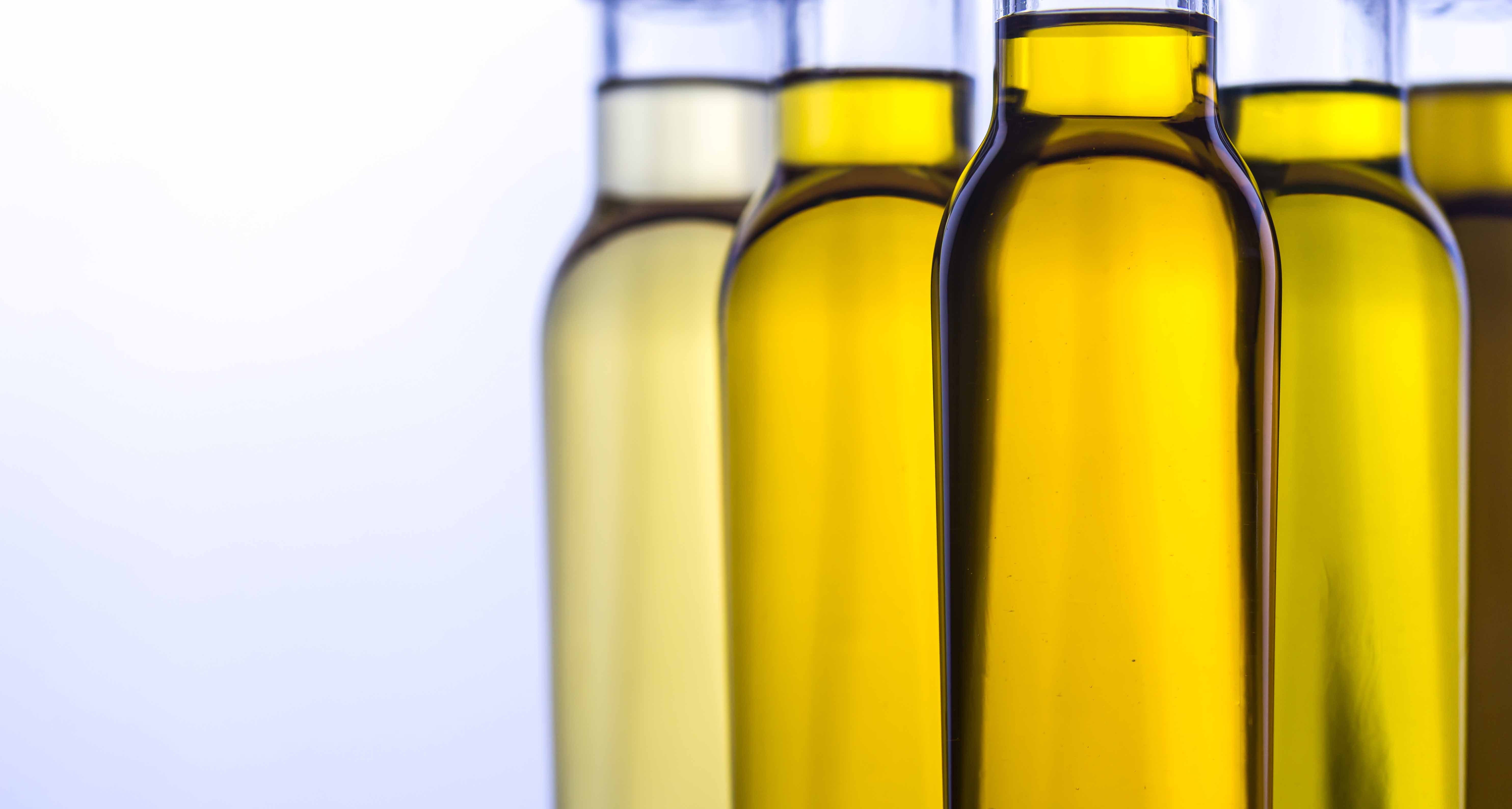4 Types Of Cooking Oil (And How To Use Them)


With grocery stores offering a bigger selection of cooking oils than ever, the world of cooking oils can seem overwhelming if you’re just beginning to venture beyond your regular canola or vegetable oil. Boutique cooking oil shops are popping up all over, which gives you the opportunity to sample different oils before making a commitment. If you’re planning on buying these cooking oils without trying them first, this handy guide to four of the most useful cooking oil workhouses will give you a great starting point for beginning your exploration into the wide world of cooking oils.
A note on storage
When storing cooking oil of any kind, it’s important to make sure they’re kept away from indirect heat sources (for example, the cupboard beside or above your stovetop) and away from light sources. A cool pantry with a closed door is the perfect spot for your cooking oil collection.
Olive oil
Often praised for its wide variety of culinary uses, olive oil is a versatile oil which can be used in salad dressings, to finish a recipe, as a condiment or as a cooking oil. Olive oil is mainly produced in the Mediterranean as well as in Spain, Italy, and Portugal (although small-scale producers have recently begun making olive oil in California). There are two main types of olive oil regularly seen in Canadian grocery stores; extra virgin olive oil and “light” olive oil.
Extra virgin olive oil is a made from olives that have only been pressed once, resulting in vastly superior flavour, texture and quality. Extra virgin olive oil is unrefined, rich in antioxidants, has been shown to reduce LDL (bad) cholesterol and has linked to a decreased risk for cardiovascular disease. Extra virgin olive has a complex taste that can range from intensely grassy to light and fruity, making it ideal for salad dressings, as a dip for crusty bread or to drizzle on a finished recipe (homemade hummus, grilled fish, and gamey meats are especially delicious when they’re finished with a drizzle of EVOO). Avoid using extra virgin olive oil as a cooking oil, its complex flavour is easily destroyed by heat as well as having a relatively low smoke point of 383°F.
“Light” olive oil is named for its light taste and neutral flavour (not, unfortunately, for its caloric count). Light olive oil is refined and has a higher smoke point compared to extra virgin olive oil which makes it a good choice for sautéing, roasting and grilling.
Coconut oil
Coconut oil has been enjoying a comeback over the last couple of years thanks to a long list of purported health benefits ranging from its positive effects on LDL cholesterol levels to curing persistent skin ailments. However, clinical trials on the effectiveness of coconut oil have been small and restricted to rats and mice, which means any potential health claims have no basis in science at this point. Most often processed in the Philippines, Indonesia, and India, coconut oil is solid at room temperature which means it’s a saturated fat and should be used sparingly. When shopping for coconut oil make sure to look for the “virgin” label, virgin coconut oil has a stronger coconut taste and smell and is higher in antioxidants. Coconut oil has a relatively low smoke point of 351°F and is ideally used in vegan baking, stir-fries, and roasted vegetables.
Grapeseed oil
Grapeseed oil is a great alternative to highly refined cooking oils such as canola and soybean oil. With a high smoke point of 421°F and a neutral flavour, grapeseed oil is a good all-purpose oil that can be used in a wide variety of recipes. Pressed from the seeds of grapes as the byproduct of the winemaking industry, grapeseed oil contains high amounts of antioxidants in the form of vitamin E. Use grapeseed oil in place of any other neutral cooking oil when cooking or shallow-frying. Grapeseed oil makes an especially great base for homemade mayonnaise or aioli and creamy salad dressings.
Avocado oil
Avocado oil is pressed from the fruit of avocado (the green flesh around the pit), giving it a beautiful bright green colour and velvety texture. Full of healthy fatty acids, avocado oil has been shown to reduce blood pressure and cholesterol levels in animal studies. Unrefined avocado oil has a smoke point of 480°F while refined avocado oil has an uncommonly high smoke point of 520°F. Use avocado in place of canola or peanut oil when shallow-frying, sautéing or roasting. Avocado oil has a subtle grassy flavour with a buttery texture, making it a good choice for drizzling on grilled fish and chicken.
